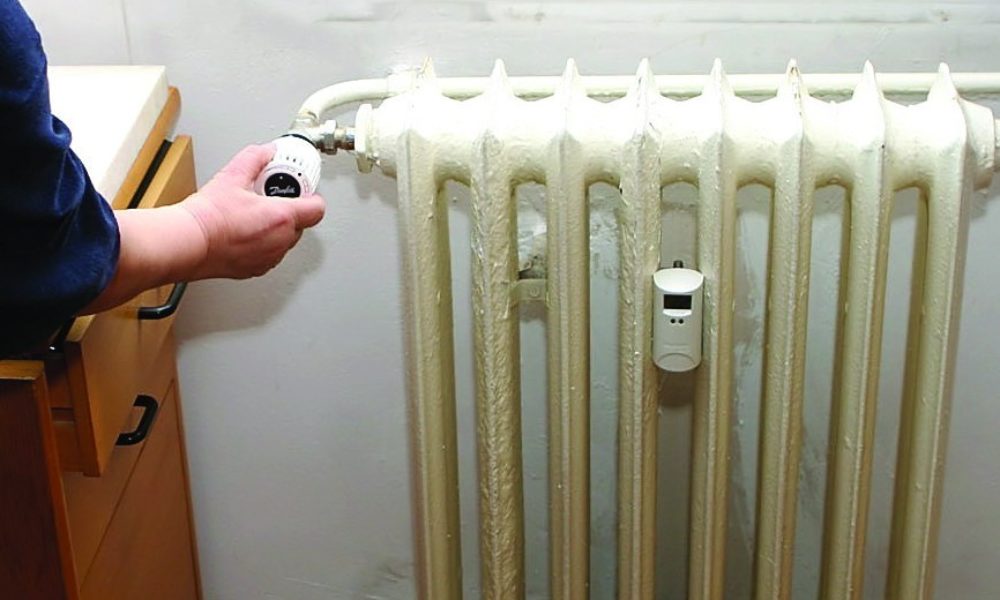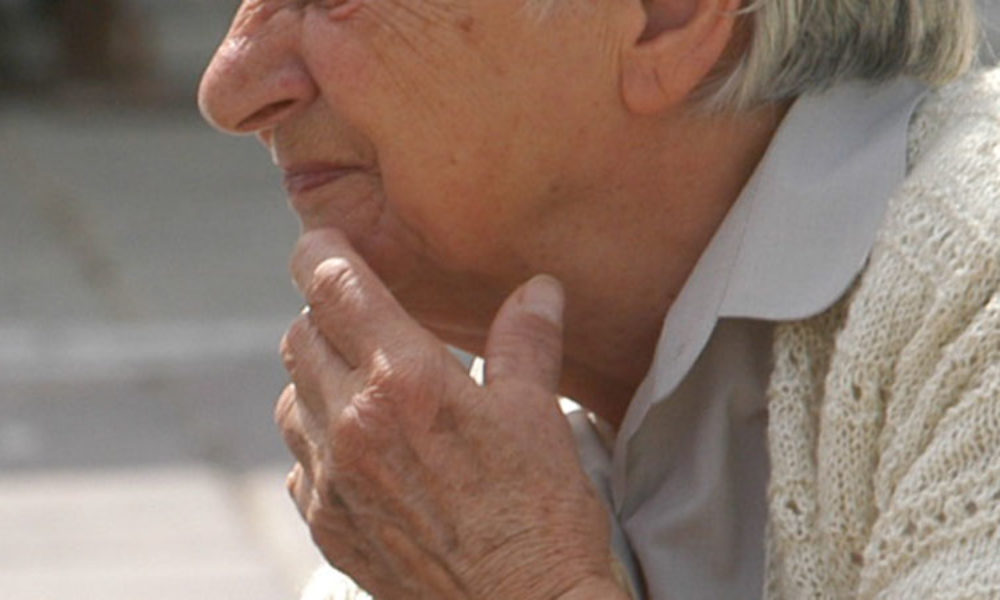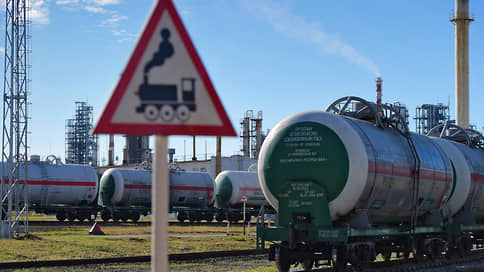A locality in Romania gave the blow. Invoices three times lower on heating

Timișean commune Lovrin is the first rural locality in Romania that uses the geothermal water for heating, and through a project with European funding, the expansion will be realized, so that it is the locality in Romania in full heated with geothermal waters, said the mayor of Lovrin, Marius Graur.
Almost half of the surface of Timiș County has a geothermal potential of over 100 degrees Celsius, it is possible to operate the geothermal plants for 8,000 hours per year.
Geothermal water is most efficiently used, at the moment, by Lovrin commune, where a geothermal water beach was built, but also for heating 250 households, which pay invoices with almost a third lower than if they use electricity or gas, according to the mayor of Lovrin, Marius Graur.
‘At a three -room apartment, the heating invoices in the winter season reach about 250 lei a month, compared to up to 800 lei a month, if they used the electric current. In the 1980s, the locals used geothermal water in greenhouses, because we have nine geothermal water wells, belonging to Foradex Bucharest. The drilling were dug at depths of about 3,600 meters, but the operation was 1,600-1,800 meters, with very high temperatures, around 95 degrees Celsius. Now a single probe works, for heating and for the thermal beach ‘, says Marius Graur.
The mayor announces that Foradex has a large project, in which they included all the other eight probes, so that, in partnership with a Dutch company, to heat up to 30 hectares of tomatoes and vegetables. Unlike the solar panel system, which can only be used by loading in sunny days, geothermal water can be used non -stop.
Lovrin City Hall has a project with European funding that will be completed in the next three months and which aims to use this natural and inexhaustible energy source, to ensure thermal energy.
‘And in the 1980s, geothermal water was used for heating greenhouses and solariums. After 1990, the greenhouses were abolished and a single probe that worked for heating remained. Two years ago, we designed a project on European funds, which we finish in three months. We are the first rural locality in Romania that use the geothermal water for heating. I took the experience of the cities; We have a new boiler and a new heating system with which we heat about 250 house numbers. This is the main axis and subsequently we submit an extension project, because we want to be the locality in Romania completely 100% with geothermal waters. (…). Geothermal water is used only for radiators, for heating, in the cold season. The water has around 65 degrees Celsius. The water in the pool (beach, no) is 38-42 degrees Celsius. We have the drilling of geothermal water with two circuits: one for heating the houses, in winter, and the return goes to the pool and the thermal beach, during the summer period, « explains the mayor of Lovrin.
Timișoara County Hospital will build in Lovrin, as an external section, a recovery center of patients who remain with muscle atrophies or paralysis following serious conditions, stroke, severe trauma at any level, using geothermal waters.
‘Unused geothermal waters do not disappear, but remain there. Like drinking water. They are layers of geothermal water at different depths. The greater the depths, the warmer water and it has better qualities. It depends on which vein. In our area, the probes that were drilled have been used at quite large depths, and are now preserved. Any probe that has been preserved and used 20-30 years ago can be restarted. They work artesically, with a very powerful compressor that brings air into the installation and the water shines from there. (…). Geothermal waters, as the specialists say, can also turn into gas. Economies by using geothermal water are significant. For a three -room apartment, the invoices are 250 lei a month, while the heating with electricity would have found up to 800 lei ‘, says Mayor Marius Graur.
According to studies, the most important resources of renewable energies in the county are geothermal waters, solar energy, biomass and biogas, less effective appearing to be hydro energy, because it is a plain county, without water falls, and the wind was identified by several private studies in the west of the county.
On geothermal energy, the county has 42 wells.
In other news, the workers who worked on the site in the area of the Michelangelo Bridge in 2013 discovered a source with thermal waters, at a depth of 600 meters, whose temperature reaches 80-85 degrees Celsius. Drilling was exploited before 1990.
The City Hall of Timișoara has prospered in recent years several possibilities of alternative sources of heating the city. Finally, it seems to take shape the solution of the geothermal water – ‘the geothermal project’.
The geothermal project is a partnership between the City Hall of Timișoara and a private energy company for evaluating the possibilities of heating the city with geothermal energy.
‘The realization of this geothermal project would be an important step in the history of the heating system towards re -technologicalization and green energy. After an analysis process that lasted over two years, we are at the point where we conclude this protocol with one of the most powerful energy companies on the European market. I believe in the future of the Timișoara’s district heating system, « said Mayor Dominic Fritz.
The partnership is based on an innovative technology, which captures the heat in the rock layer.





:format(jpeg):fill(f8f8f8,true)/s3/static.nrc.nl/wp-content/uploads/2019/10/youp5bij3.png)


